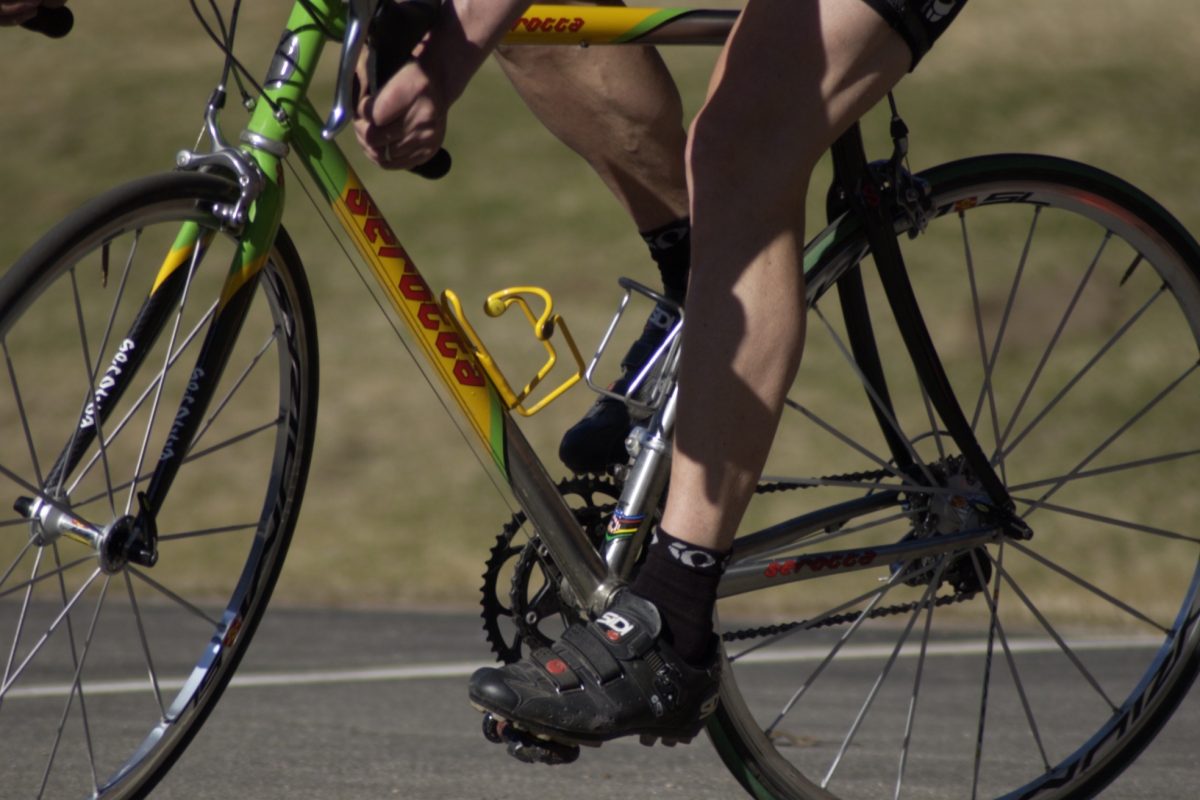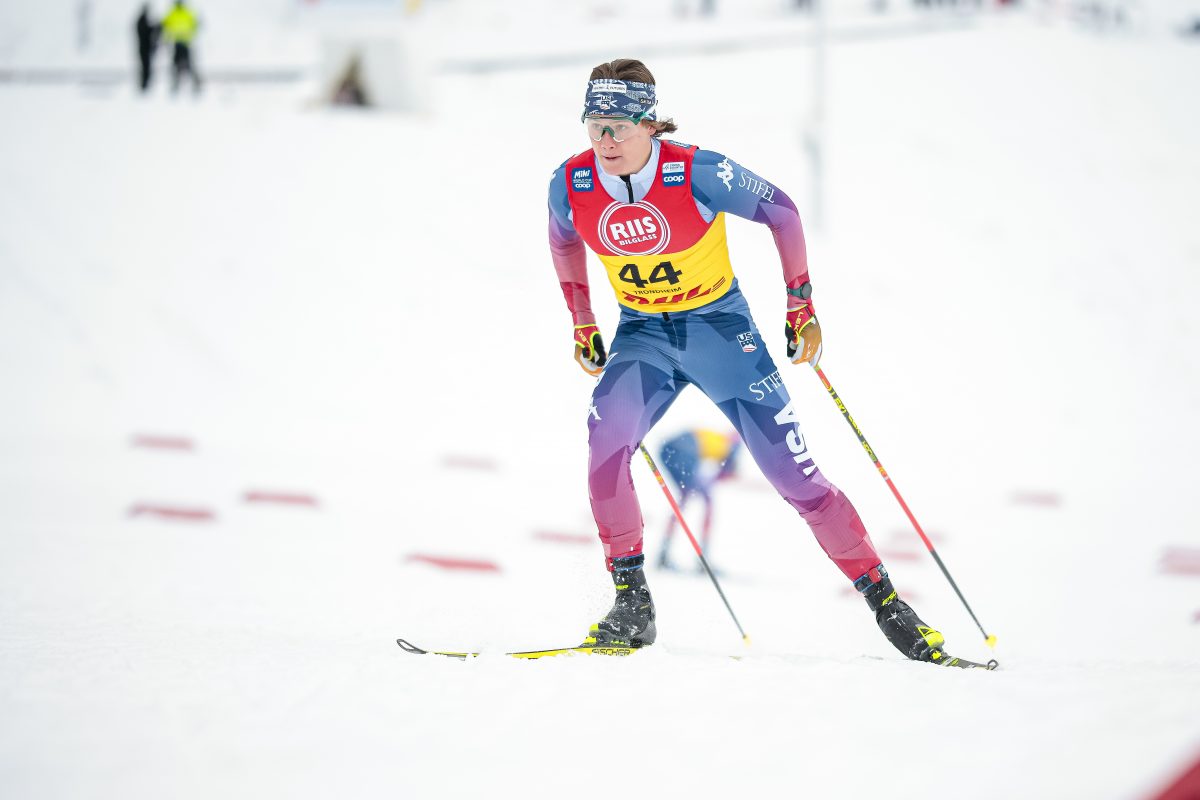The video presents several dynamic stretches as you begin to develop your own routine using slower, coordinated movements to move the joint through the desired motion.
Striving for flexibility is ingrained from a young age. The sit-and-reach test was a key component of the presidential fitness test which was administered to elementary-aged school children until recently. Middle and high school athletes often go through a routine of static stretches before starting practice. Acro-yoga masters now fill our Instagram feeds, making us feel inadequate about our ability to touch both palms on the floor (and also to put both legs behind our heads).
Stretching has long been promoted as the ultimate tool to help soothe sore muscles, aid recovery, and prevent injury. However, recent studies on the benefits of stretching have been controversial. Research that specifically targets static stretching, or holding a muscle at its end-range for 30-60 seconds (the type commonly used at high school running practice), has shown that it impairs the muscle’s elastic energy potential. This results in decreased strength and power.
A common, yet newer school of thought, is that static holds are detrimental to overall performance when performed before physical activity. Furthermore, the belief that stretching decreases muscular soreness and aids in recovery post-exercise has been debunked. Evidence has shown that no amount of stretching can assist in alleviating the pain in our quads after that first long run of the summer. 1
While static stretching has been shown to improve muscular flexibility, the actual benefits of this increased range of motion are up for debate. Much research has failed to link increased flexibility to a decreased risk of injury, concluding that overall, there is little to no benefit to static stretching for athletes. 1
Why then are we still stretching… and should we be?
There may exist a more indirect link between mobility and risk of injury for Nordic skiers than research gives credit, as decreased range of motion at a certain joint may lead to compensatory patterns and muscular imbalances that lead to overuse injuries. Also, there is evidence that a different type of stretching, dynamic stretching, can be beneficial to athletic performance when performed as part of a warm-up. 2,3
Dynamic stretching involves stretching to a movement’s end range through repetitive, active movements without holding at end range. Muscles must actively contract, increasing blood flow to the muscle and thus temperature. This serves to decrease viscous resistance in the muscle, thereby increasing extensibility and tolerance to tensile forces. 2,5 In contrast to static stretching, dynamic stretching has been shown to facilitate increases in power, agility, jump height, and sprint performance when performed before exercise. 2,4
The rationale behind dynamic stretching is to provide an active stretch into the motions a particular activity requires, making it much more functionally oriented than static stretching. In the case of skate skiing, this might entail a stretch of the adductor muscles while performing a side lunge, for example. Research has shown that neural pathways are strengthened as task-specific movement patterns are practiced, which increases muscular coordination and improves performance. 2
How do you incorporate dynamic stretching into your pre-ski routine? This kind of stretching can be done at home, in the ski hut, or in the parking lot, but it is important to perform within about 15-20 minutes of starting your workout. You want to avoid bouncing, uncontrolled movements (also known as ballistic stretching).
It’s best to use slower, coordinated movements to move the joint through the desired motion (see 2- minute example movie for pre-ski inspiration).
Each movement can be performed about 8-15 times. Many of the motions are easy to perform while walking, which is great news, as research has shown that pairing these stretches with dynamic activity helps improve proprioception, or our awareness of body position, and balance. Walking can be thought of as a “mini-plyometric” and serves to activate muscle spindles, or stretch receptors. This activation during a combination of dynamic stretching and walking leads to the increased energy potential of a muscle.
Do we need to be stretching for hours each night trying to hit the splits? According to the current research, probably not.
Joint hypermobility has been shown to lead to instability that can cause further problems down the road- like dislocation, arthritis, and labral tears.6,7 Specific strengthening and postural control exercises may play a more significant role in injury prevention, but that’s another article in itself. However, we desire mobility that meets the requirements of the task we wish to perform, which is where dynamic stretching comes into play. By helping to improve the functional range of motion, muscle activation, and proprioception prior to activity, dynamic stretching can indirectly lead to a decreased risk of overuse injury while enhancing athletic performance. This isn’t to say you need to bag your nightly static stretching routine entirely, as anecdotal evidence from many athletes suggests it does make them feel better. There is inconclusive evidence to support why that may be the case from a physiological standpoint. However, it is a highly debated topic into which sports research will continue to delve.
 Jessica is a 2018 Winter Olympian currently pursuing her Doctorate in Physical Therapy from the University of New Mexico. When she is not ski racing or studying, you can find her out on her mountain bike exploring the trails. Instagram: @jjyeaton.
Jessica is a 2018 Winter Olympian currently pursuing her Doctorate in Physical Therapy from the University of New Mexico. When she is not ski racing or studying, you can find her out on her mountain bike exploring the trails. Instagram: @jjyeaton.
References:
- Baxter C, Naughton LRM, Sparks A, Norton L, Bentley D. Impact of stretching on the performance and injury risk of long-distance runners. Research in Sports Medicine. 2017;25(1):78-90. doi:10.1080/15438627.2016.1258640
- Opplert J, Babault N. Acute Effects of Dynamic Stretching on Muscle Flexibility and Performance: An Analysis of the Current Literature. Sports Med. 2018;48(2):299-325. doi:10.1007/s40279-017-0797-9
- Vazini Taher A, Parnow A. Level of functional capacities following soccer-specific warm-up methods among elite collegiate soccer players. J Sports Med Phys Fitness. 2017;57(5):537-542. doi:10.23736/S0022-4707.16.06236-8
- Kallerud H, Gleeson N. Effects of Stretching on Performances Involving Stretch-Shortening Cycles. Sports Med. 2013;43(8):733-750. doi:10.1007/s40279-013-0053-x
- Freitas SR, Mendes B, Sant GL, Andrade RJ, Nordez A, Milanovic Z. Can chronic stretching change the muscle-tendon mechanical properties? A review. Scandinavian Journal of Medicine & Science in Sports. 2018;28(3):794-806. doi:https://doi.org/10.1111/sms.12957
- Philippon MJ, Briggs KK, Fagrelius T, Patterson D. Labral Refixation: Current Techniques and Indications. HSS J. 2012;8(3):240-244. doi:10.1007/s11420-012-9290-z
- Wolf JM, Cameron KL, Owens BD. Impact of joint laxity and hypermobility on the musculoskeletal system. Journal of the American Academy of Orthopaedic Surgeons. 2011;19(8):463-472.
Jessica Yeaton
A long-time APU athlete, Jessica represented Australia at the 2018 and 2022 Olympics. She is currently pursuing her Doctorate in Physical Therapy from the University of New Mexico. When she is not ski racing or studying, you can find her out on her mountain bike exploring the trails.



